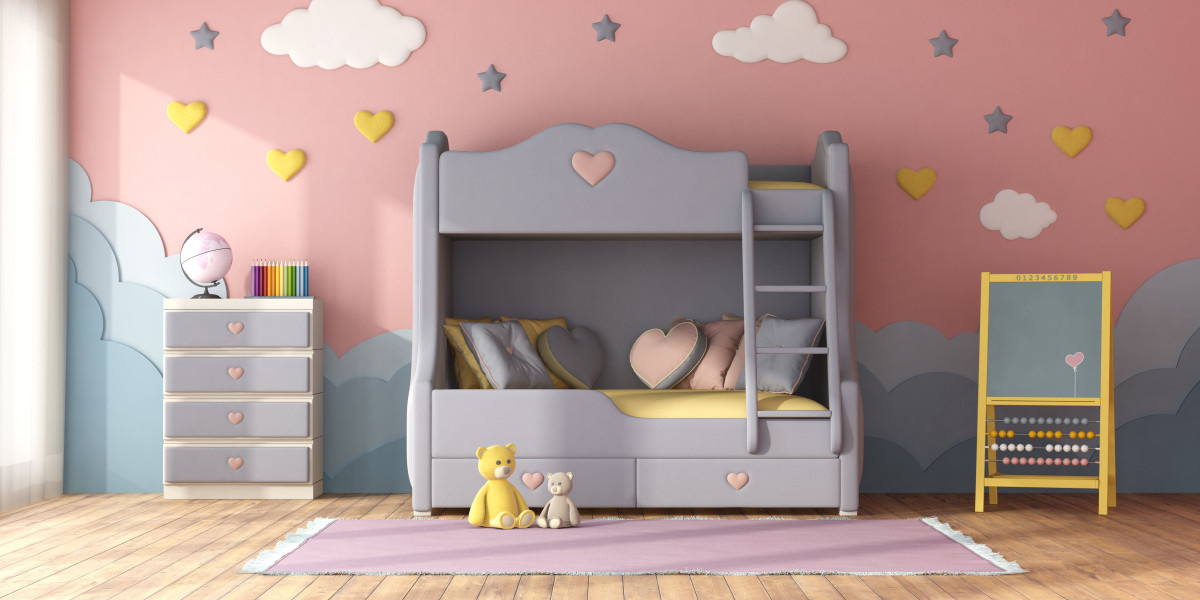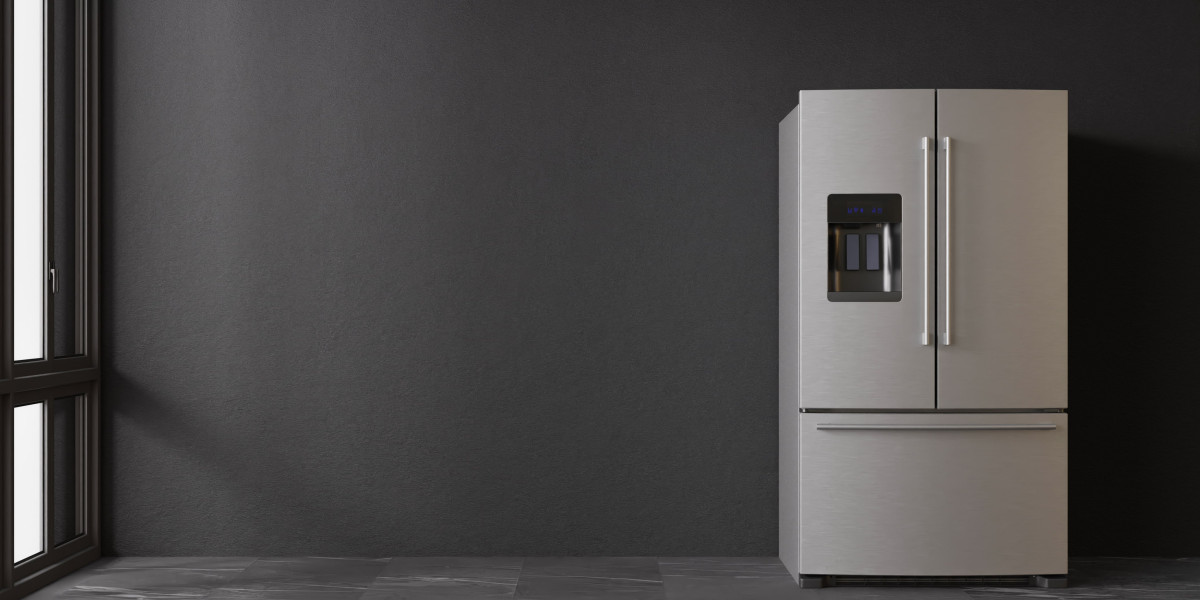As homeowners become increasingly conscious of their environmental impact, eco-friendly building materials are growing in popularity. Exterior wood cladding, known for its timeless beauty and durability, has emerged as a sustainable option that combines aesthetic appeal with environmental responsibility. If you're considering an eco-friendly makeover for your home's exterior, this guide will help you understand the benefits of sustainable wood cladding and how to make the right choices for your project.
Why Choose Eco-Friendly Exterior Wood Cladding?
Sustainable wood cladding offers numerous advantages for both homeowners and the environment. Here are some key reasons to consider it:
Renewable Resource: Wood is a renewable material, provided it comes from responsibly managed forests. By choosing certified sustainable wood, you help support practices that replenish forests and protect biodiversity.
Carbon Sequestration: Trees absorb carbon dioxide as they grow, storing carbon in their fibers. Using wood for cladding helps lock in that carbon, reducing the overall carbon footprint of your home.
Energy Efficiency: Wood has natural insulating properties, which can improve your home's energy efficiency by regulating indoor temperatures and reducing the need for heating or cooling.
Biodegradability: Unlike synthetic materials, wood is biodegradable, meaning it won't contribute to long-term waste in landfills at the end of its life cycle.
Aesthetic Appeal: Wood cladding offers a warm, natural look that complements various architectural styles, from rustic cabins to sleek modern homes.
How to Ensure Your Wood Cladding Is Truly Sustainable
Not all wood cladding is created equal. To ensure your choice aligns with eco-friendly principles, consider the following factors:
1. Choose Certified Sustainable Wood
Look for certifications that indicate responsible sourcing, such as:
- FSC (Forest Stewardship Council): Ensures the wood comes from forests managed to high environmental and social standards.
- PEFC (Programme for the Endorsement of Forest Certification): Promotes sustainable forest management globally.
These certifications guarantee that the wood is harvested in a way that minimizes environmental impact.
2. Opt for Durable Wood Species
Durable wood species naturally resist decay, pests, and weathering, reducing the need for chemical treatments. Some excellent choices include:
- Cedar: Known for its natural resistance to moisture and insects.
- Accoya: A modified softwood that boasts exceptional durability and dimensional stability.
- Thermally Modified Wood: Heat-treated wood that enhances durability and resistance to rot without harmful chemicals.
3. Prioritize Local Sourcing
Choosing locally sourced wood reduces the environmental impact of transportation and supports regional economies. Check with local suppliers for sustainably harvested wood options native to your area.
4. Consider Reclaimed Wood
Reclaimed wood is an eco-friendly option that repurposes timber from old buildings, barns, or other structures. It reduces demand for new wood and gives your home a unique, weathered aesthetic.
Finishes and Treatments for Eco-Friendly Wood Cladding
To ensure the longevity of your exterior wood cladding while maintaining its eco-friendly nature, choose finishes and treatments that are non-toxic and environmentally friendly. Some options include:
- Natural Oils: Linseed oil, tung oil, or hemp oil can protect wood from moisture while enhancing its natural beauty.
- Water-Based Stains: These are low in volatile organic compounds (VOCs) and come in various shades to suit your design preferences.
- Plant-Based Sealants: Derived from natural ingredients, these sealants offer protection without harming the environment.
Avoid finishes that contain high levels of VOCs, as these can release harmful chemicals into the air and contribute to pollution.
Benefits of Eco-Friendly Wood Cladding for Your Home
Incorporating sustainable wood cladding into your home offers both environmental and personal benefits:
1. Enhanced Curb Appeal
The natural beauty of wood cladding adds warmth and character to any home, creating a timeless look that enhances property value.
2. Improved Energy Efficiency
Wood’s natural insulating properties help regulate indoor temperatures, leading to lower energy bills and a reduced carbon footprint.
3. Healthier Living Environment
Eco-friendly wood cladding materials are free from harmful chemicals, promoting better indoor air quality for you and your family.
4. Long-Term Savings
High-quality, durable wood species and treatments can extend the lifespan of your cladding, minimizing maintenance and replacement costs over time.
Tips for Maintaining Eco-Friendly Wood Cladding
Proper maintenance ensures your wood cladding stays beautiful and functional for years to come. Here are some tips:
- Regular Cleaning: Remove dirt, debris, and mold with a gentle brush and mild soap.
- Inspect for Damage: Periodically check for cracks, rot, or insect activity, and address issues promptly.
- Reapply Finishes: Refresh protective coatings every few years to maintain durability and appearance.
- Ensure Proper Ventilation: Install cladding with adequate spacing to allow for airflow and prevent moisture buildup.
Conclusion
Eco-friendly exterior wood cladding is a sustainable, stylish, and practical choice for homeowners looking to minimize their environmental impact while enhancing their home's curb appeal. By selecting certified sustainable wood, prioritizing local sourcing, and choosing environmentally friendly finishes, you can create a beautiful and responsible home exterior that stands the test of time. Whether you're renovating an existing property or designing a new one, eco-friendly wood cladding is an investment in both your home and the planet.







